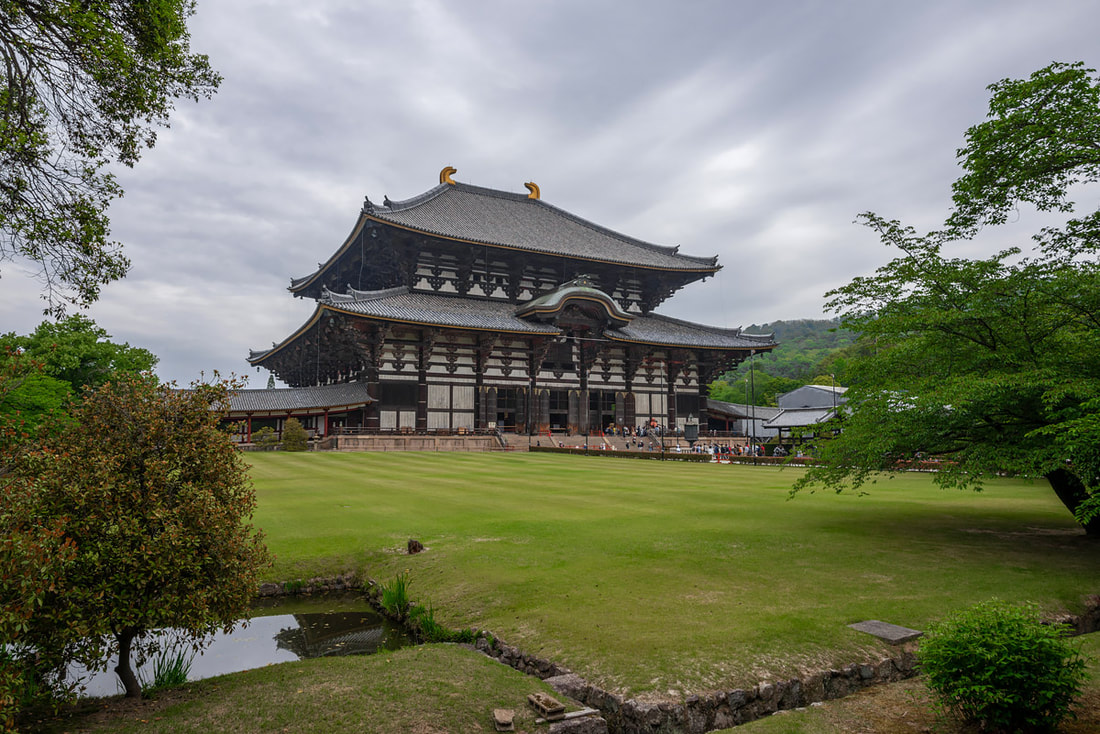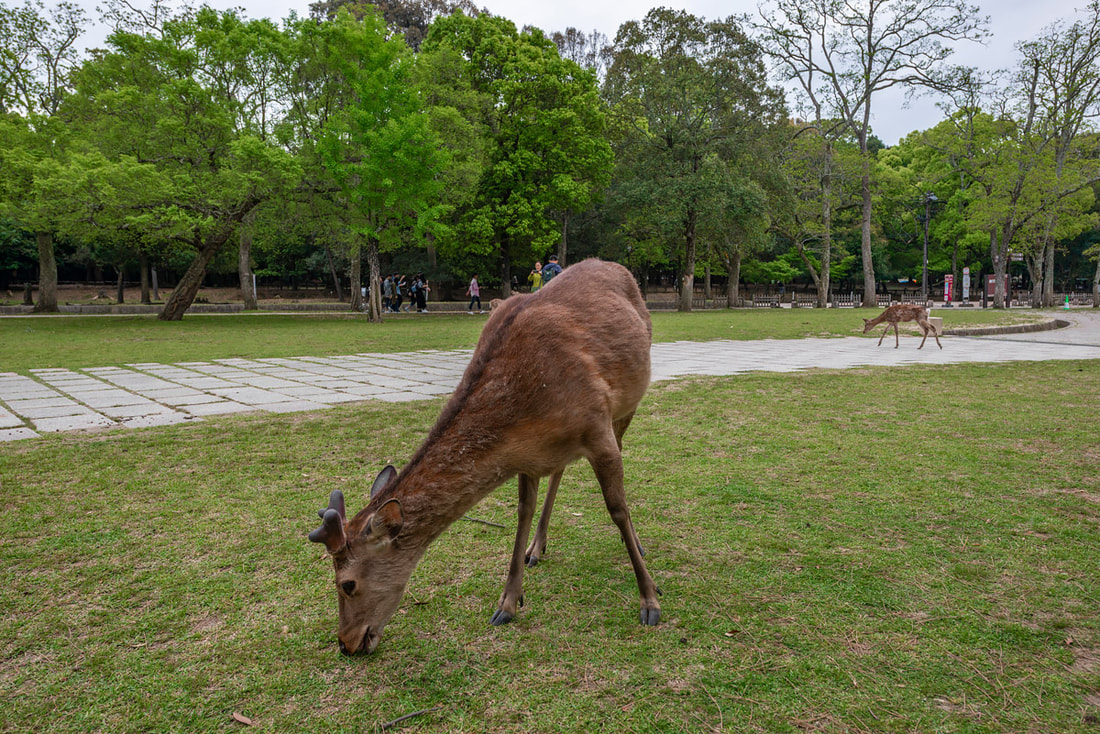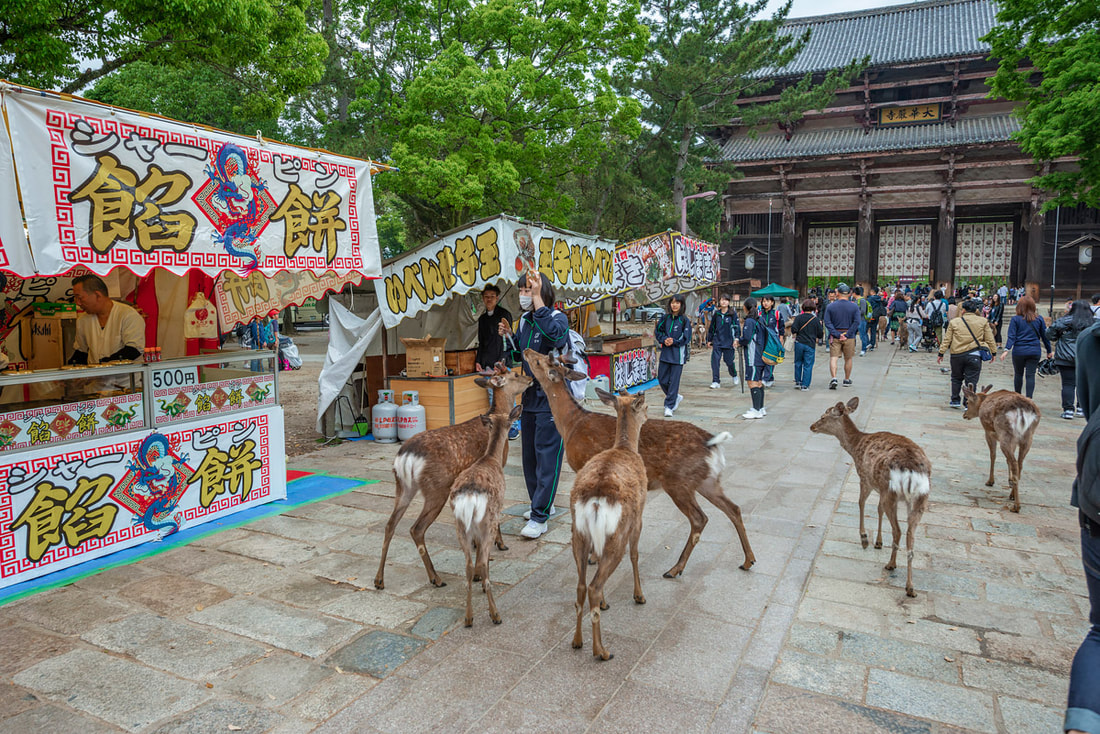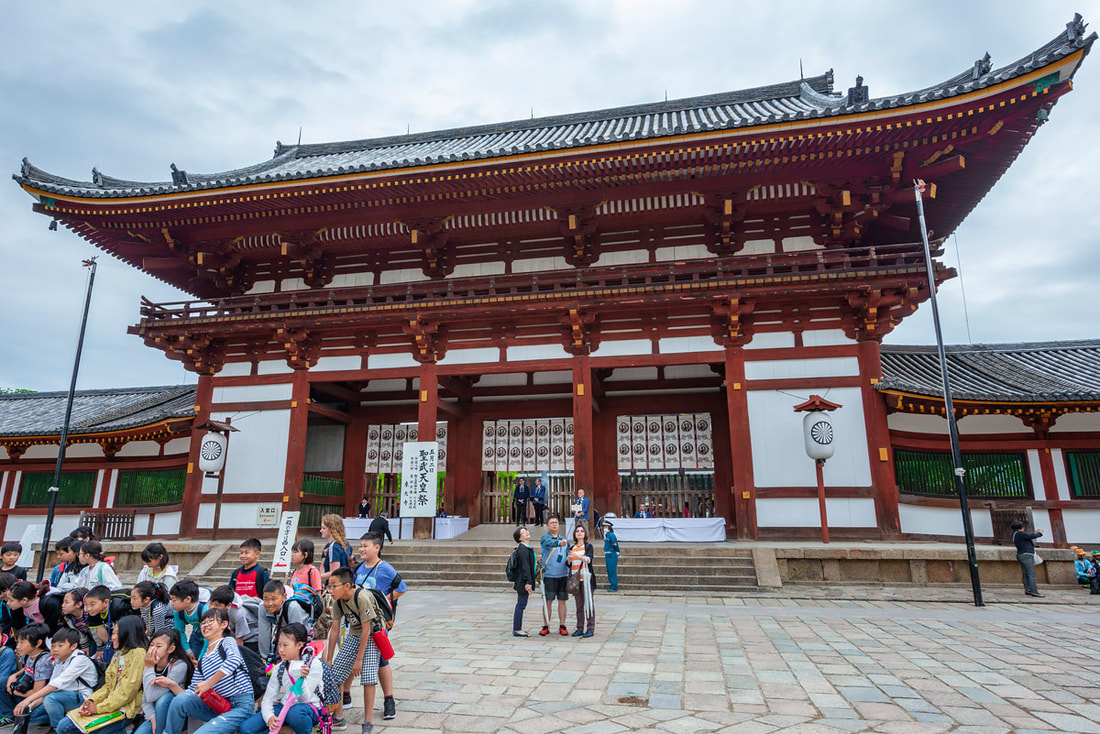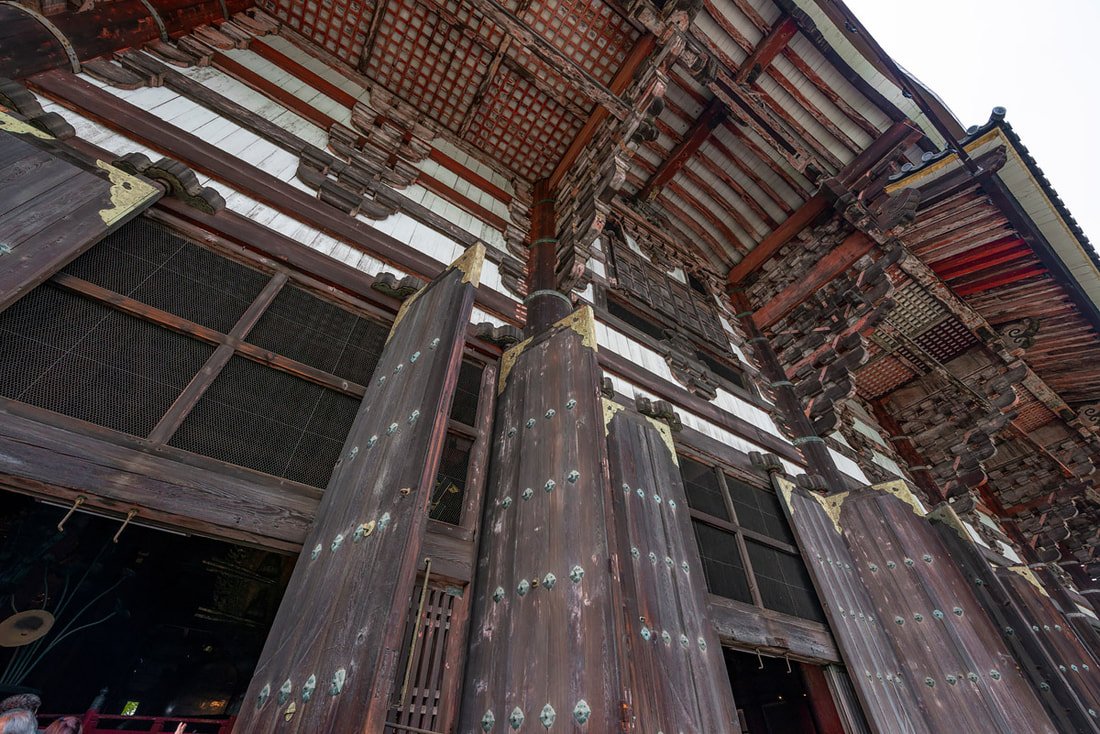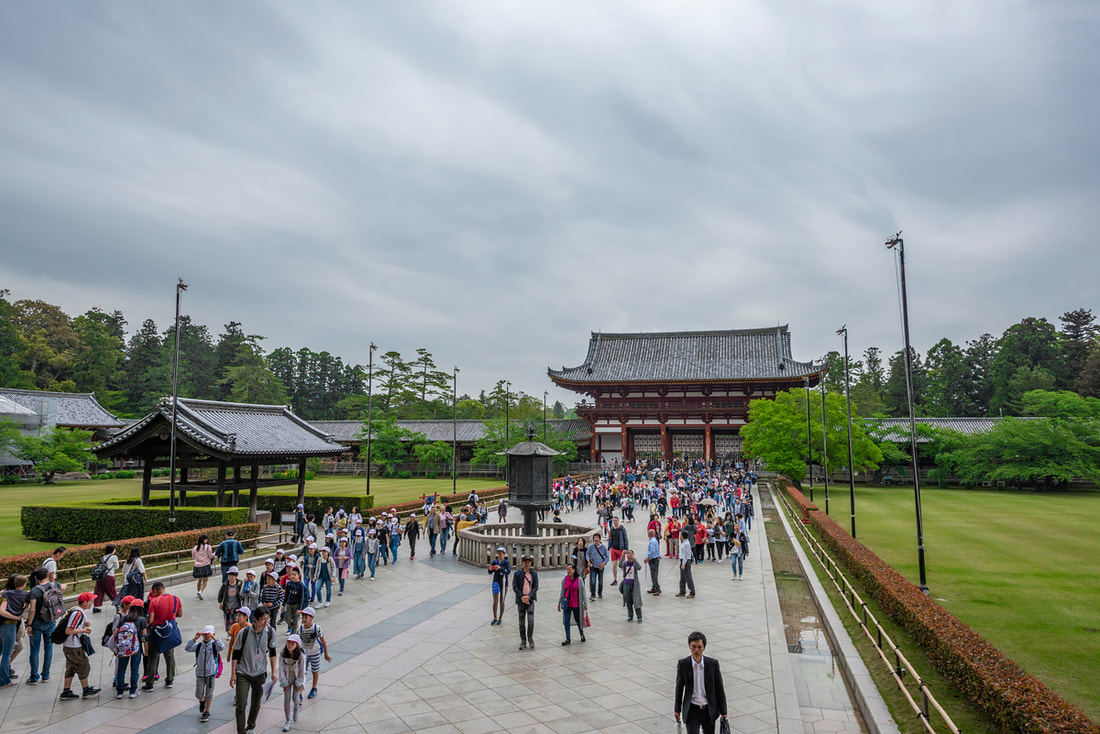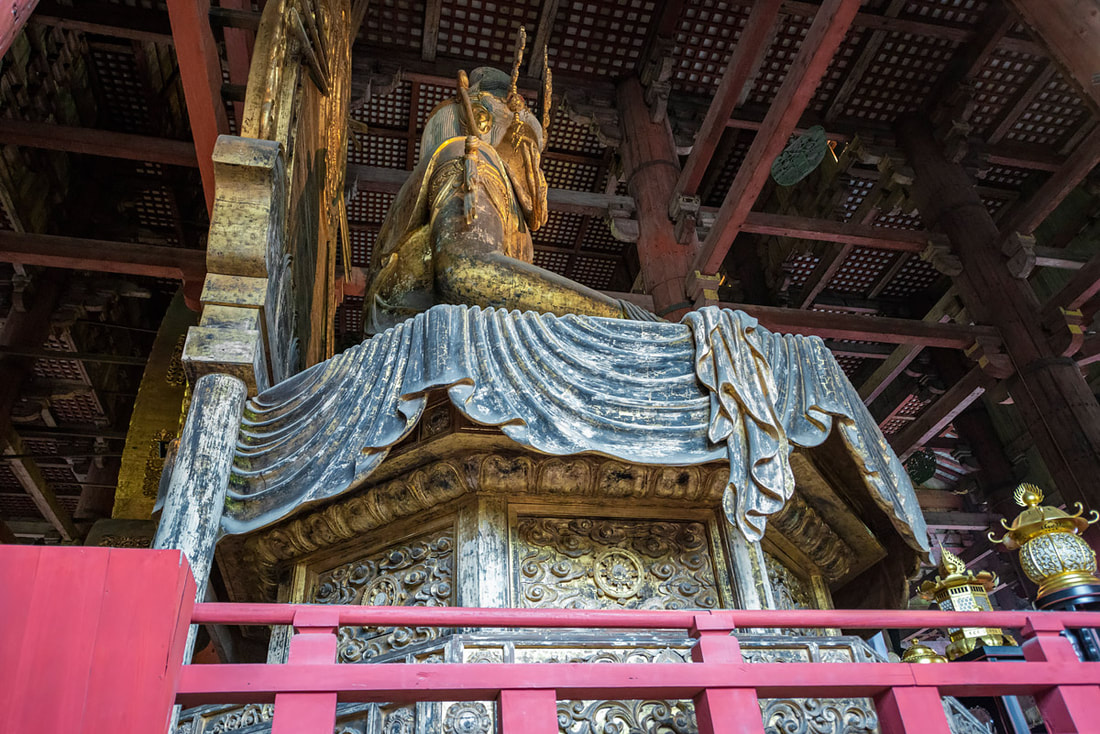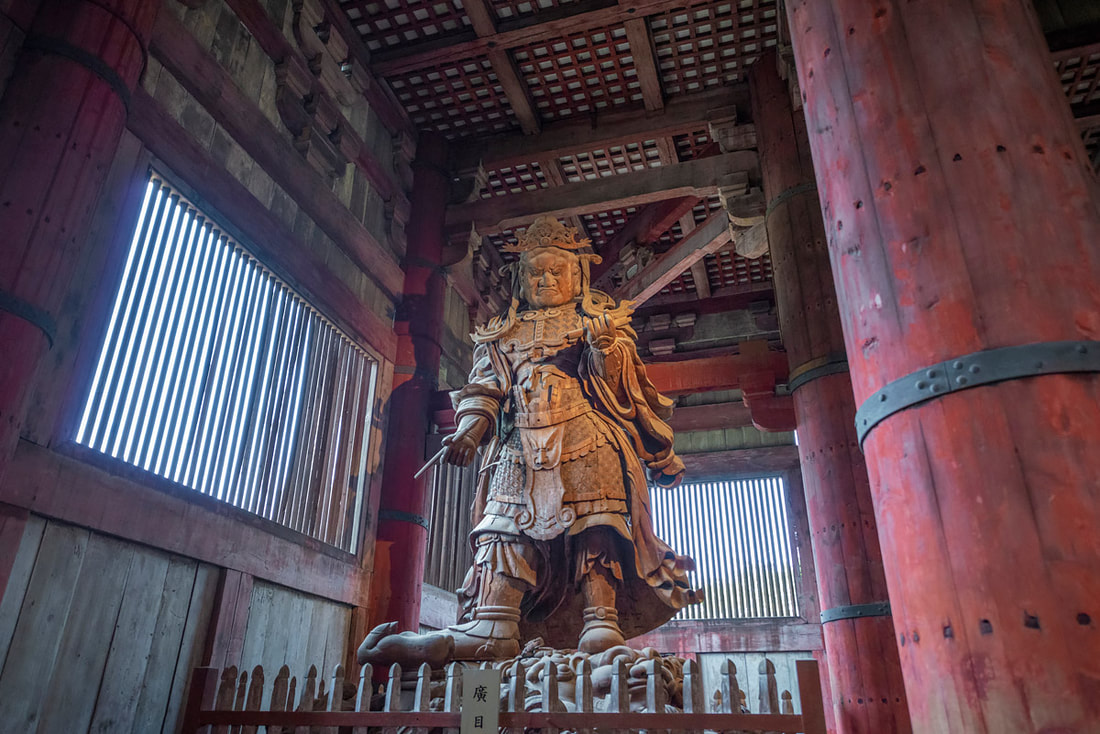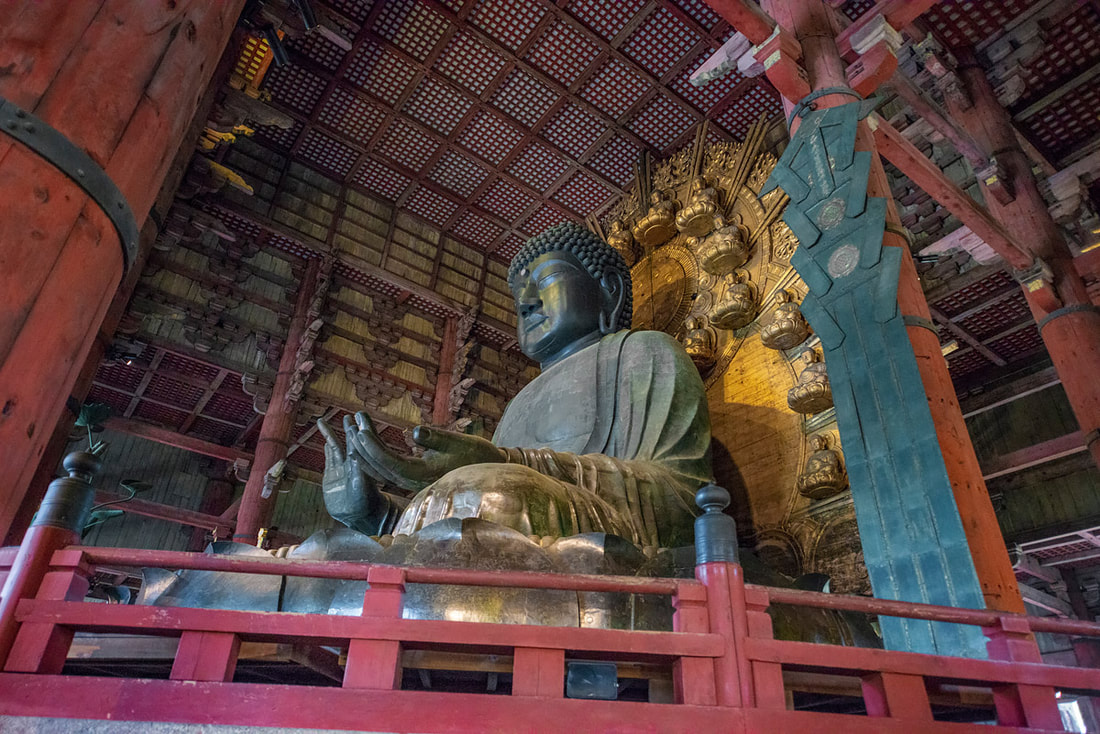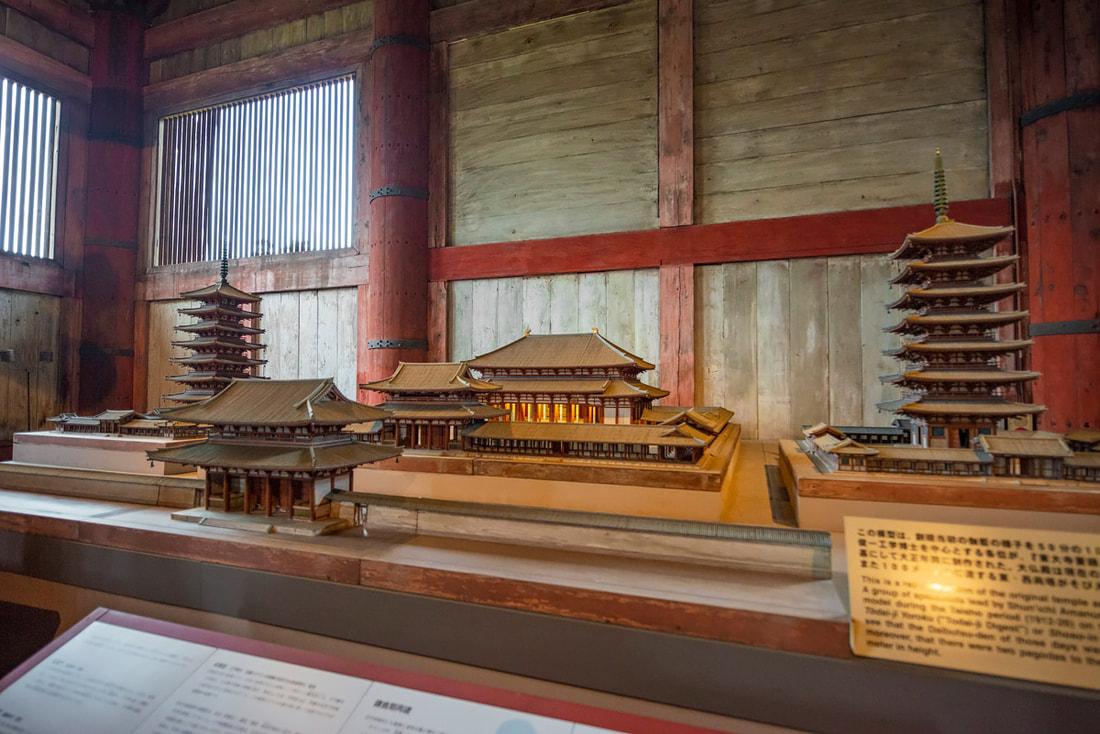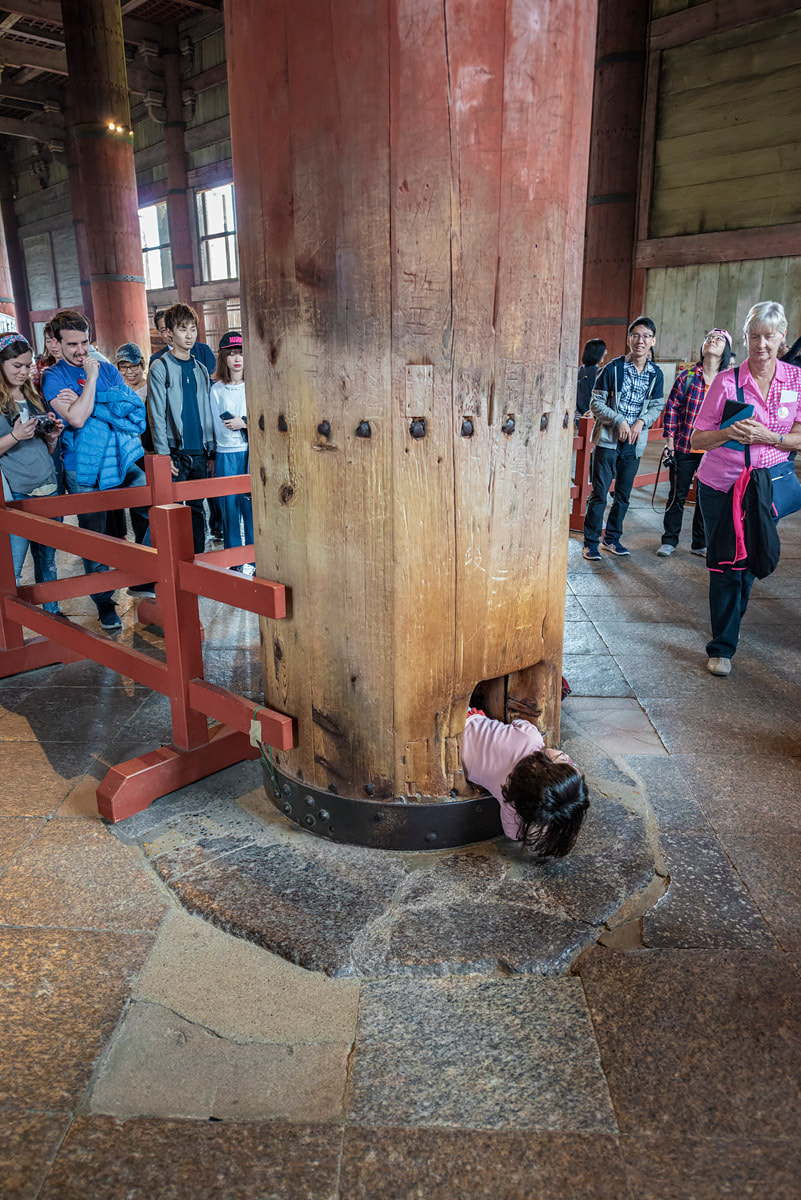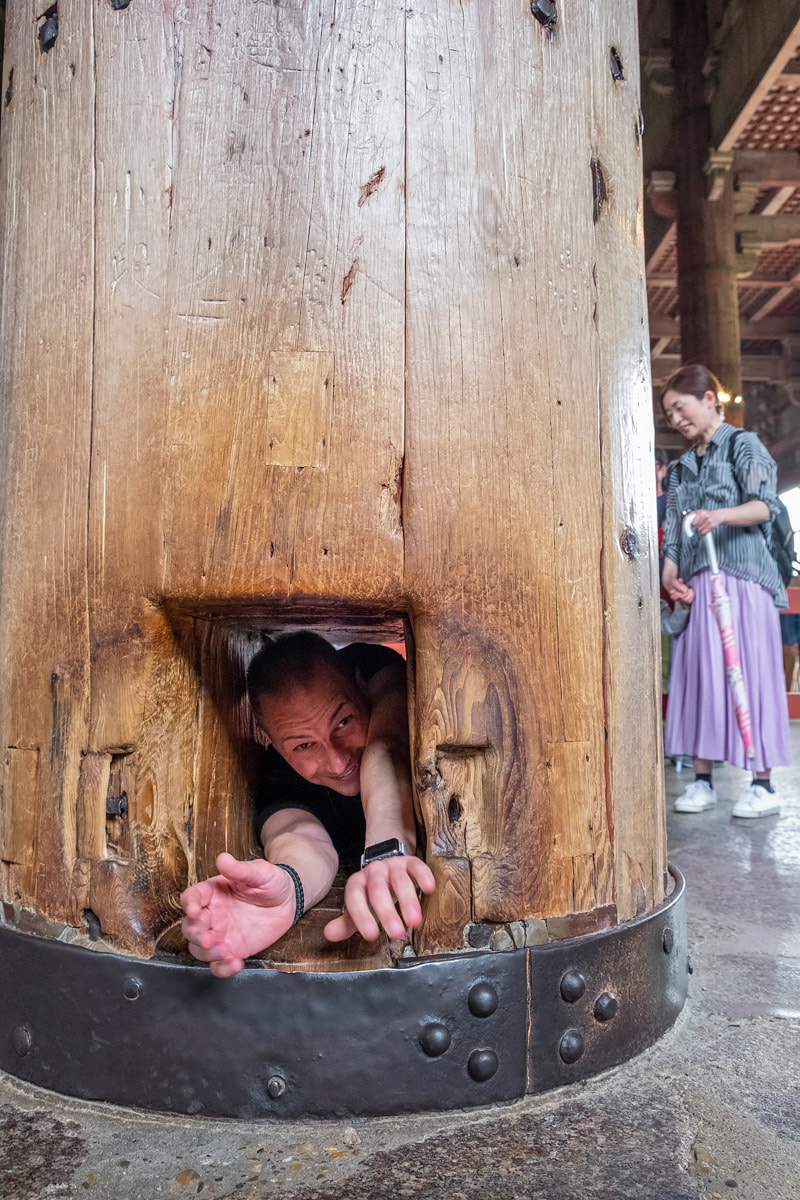By Antonio MalaraNara was the fifth city I visited with my sister during my trip to Japan the I did with her in April 2018. We reached the city during our stay in Kyoto and the same day after Nara we also visited Osaka. Personally I was more excited to visit the second destination so that day and I completely relied on my sister regarding Nara. The city was about 50 kilometers from Kyoto and we reached it in about 45 minutes using a normal train. The city of Nara had been the capital of Japan from 710 to 794 and in 1998 was declared a UNESCO World Heritage Site. Of all the artistic heritage of the city, we have decided to visit only one, the Tōdai-ji; the Buddhist temple famous for having inside the statue of the giant Buddha. I remember Nara station especially because even though it was large, the stop where we arrived on the regional train was of a classic design. It seems to me that it had only one track and iron canopies that reminded me of the old stations. The Tōdai-ji was located about two kilometers from the station and the route was connected by a shuttle bus. We arrived at Nara park in a short time and a few steps after the bus stop we were already surrounded by greenery. The park was very big and despite the vast vegetation, it had some open spaces with some paved paths. The singular thing there beyond the naturalistic beauty of the place, were the hundreds of deer scattered throughout the park, completely free to interact with the tourists. This was something we already knew, however living it was a different experience. The deer were quite tame and came in all sizes and shapes; some had small horns, others larger ones. It was a lot of fun to play with them, give them something to eat or just take pictures of them. As I was squatting photographing one, at one point I felt licked on the back, it was another deer that I don't know exactly what it wanted to do with me. After we finished playing with the animals, we walked towards the temple by crossing the Todai-ji Nandaimon, which was the southern entrance to the park. This structure was very imposing, entirely built in wood and with two floors, however it was but a little battered. On both sides of the structure there were two very tall statues which were covered by a metal mesh. They were so tall that it was difficult to photograph them managing to make their size perceived. After passing the south gate, the path led straight to another gate, the Todai-ji Chumon, the central gate. This majestic structure, always made of wood, was a little smaller than the south gate, however it had been renovated and was reddish and white in color. Once through the central door, it opened up the view of the beautiful temple of the giant Buddha. The temple was surrounded by the green lawn which was very large. The structure was like the previous ones, brown and white in color only it was at least three times the size of the south gate! There we had to queue a bit because admissions were limited but in about ten minutes we found ourselves at the foot of the giant temple. Tōdai-ji was the kind of structure that appeals to me not only from an aesthetic point of view. It was imposing, beautiful and of a different architecture than we were used to seeing in Europe. In addition to this, it was immersed in a space that was proportionate to the size of the temple, so it could be admired perfectly from many different perspectives. Perhaps the only problem with the open space was the fact that it didn't make you feel the maximum size of the temple, however I preferred it that way. The giant Buddha statue was right in front of the entrance and it was a colossal work! In reality, the whole interior of the temple was impressive because the height of the roof gave depth to the space, making the grandeur of the structure perceived and emphasized. On either side of the big Buddha there were two other slightly smaller statues but the singular thing there were the perspectives. In fact the statues were on a sort of stage about two meters high so when we were too close, we couldn't fully enjoy the view, let's just say that we could only see half of the statues. To appreciate the view we had to move away from the stage and finally there we could see the statues and observe them in the best way. We walked all the way around the stage seeing the statues even from behind but to be honest that view wasn't much, except one didn't want to see the giant chair where the Buddha sat. Inside the temple there were two other wooden statues, facing each other, they looked like warriors but to be honest I don't know what they represented. Right next to one of these statues there was what was perhaps the most popular thing after the giant Buddha. Right there, was one of the temple's wooden pillars that had a hole in the base. There was a legend that whoever managed to pass through the hole would have a blessing in the next life. Of course, all around the pillar there was a line of people trying to accomplish the feat. While the children were able to pass easily and took it as a game, the adults could barely get their heads to the other side of the hole. I first observed the people then got in line to wait my turn. My aim was just to have my sister take a picture of me from the other side of the hole but obviously I tried a bit to see if I could get through. I almost got stuck but I was convinced that there could be a way to pass. As if by magic after I came out of the hole, a gentleman after me bent down and took my place. With a series of movements, after much insistence, the gentleman inside the pillar moved on one side and taking advantage of the diagonal of the hole he came out on the opposite side to the disbelief of the people who looked at him! It was a beautiful scene that I don't think anyone filmed and I have to say the gentleman himself was amazed that he managed it. We spent the time there taking pictures and then outside wandering around the park. We stayed in Nara park for about an hour and a half, a different experience, between nature, deer, giant statues and old legends. Nara was another place where I hadn't planned or studied anything and everything that happened there, I experienced with the “surprise effect”. I knew only a few details that I hadn't had the chance to elaborate, maybe that's how you need to explore, having only a little information and leaving the rest to surprise and amazement. Pictures: Antonio Malara
Camera: Nikon D800
0 Comments
Leave a Reply. |
